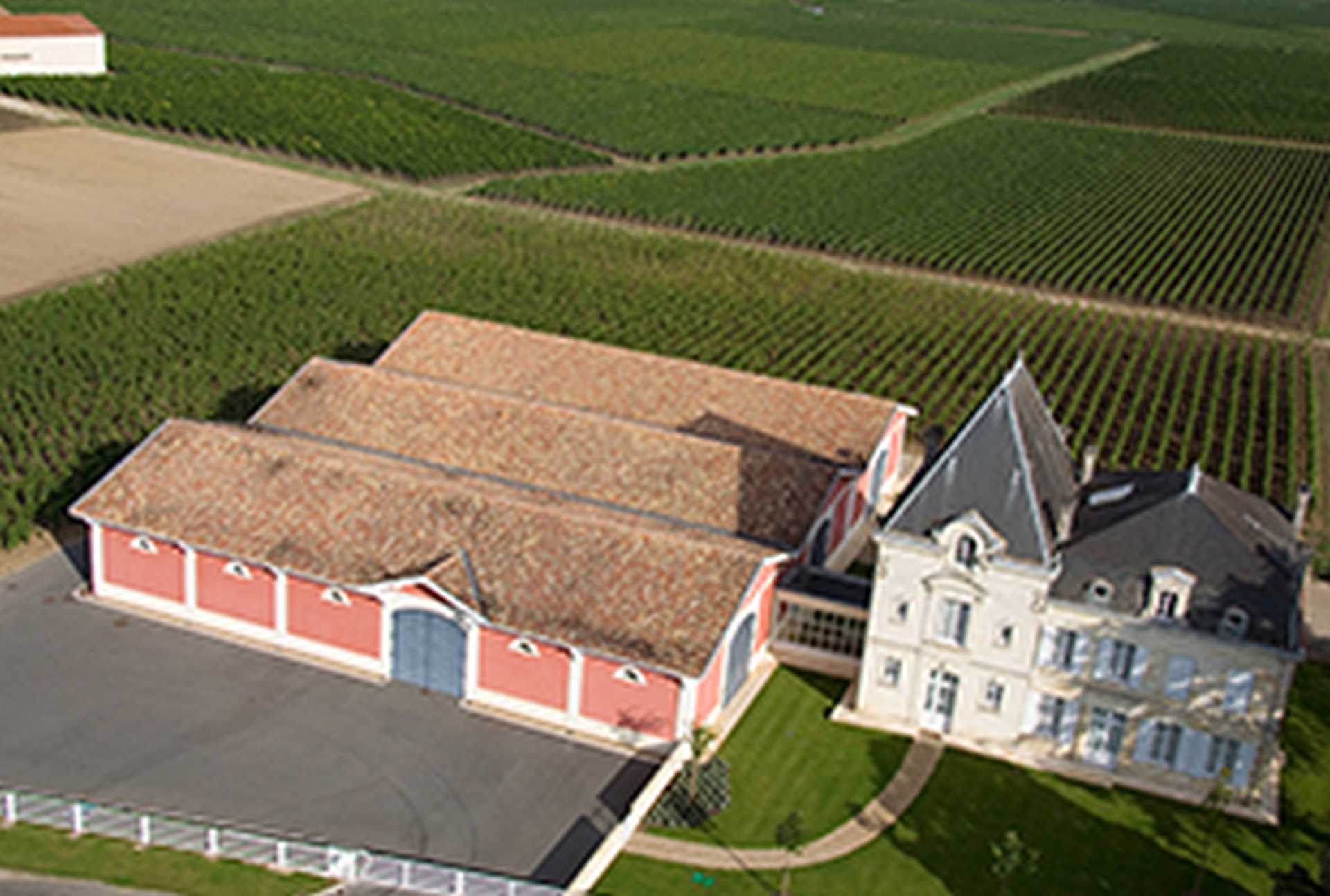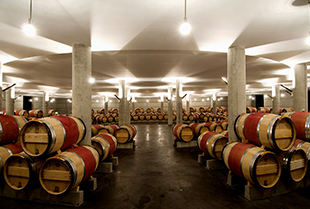Château L'Évangile is a wine estate located in the southeastern part of the Pomerol appellation, on the border of Saint-Émilion. Its 22 hectares of vineyards are situated between some of the most illustrious crus, such as Petrus and Château Cheval Blanc.
Created by the Léglise family, L'Évangile first appeared on land registries in 1741 under the name Fazilleau. At the turn of the 19th century, the vineyard was sold to a lawyer who gave it the name L'Évangile. In 1862, the château was acquired by Paul Chaperon, whose heirs, the Ducasse family, remained owners until 1990. At that time, Domaines Barons de Rothschild (Château Lafite) purchased the estate.
In 2020, Saskia de Rothschild appointed Juliette Couderc as the operations director of Château L'Évangile. This new leadership, succeeding Jean-Pascal Vazart, has evolved the style of the wines toward a pursuit of finesse and elegance.
The terroir of L'Évangile is characterized by a blend of gravel, clay, and sand with a subsoil rich in iron oxide. A gravelly strip, an ideal terroir for Cabernet, runs through the vineyard. Merlot accounts for 80% of the planted area, complemented by 20% Cabernet Franc. Due to its ability to impart a welcome freshness to the wines, the goal is to increase the proportion of Cabernet Franc to up to 30%.
The estate achieved a significant milestone in sustainable viticulture by obtaining organic certification in 2021. It also experiments with various biodynamic practices, such as the use of silica-based treatments, horn manure, and herbal infusions. Strictly limited yields range between 35 and 40 hl/ha.
After a manual harvest, alcoholic fermentation takes place in temperature-controlled concrete vats. Maceration lasts a maximum of 28 days. Malolactic fermentation is carried out in new barrels. The grand vin is aged for approximately 18 to 20 months in French oak barrels. The proportion of new wood is around 70%. The barrels are made by Tonnellerie des Domaines Barons de Rothschild in Pauillac, and more recently, three additional coopers have been introduced to diversify the wood profiles.
In recent years, the estate has introduced containers such as clay amphorae and concrete vats, with the aim of better respecting the identity of each vintage and offering a more nuanced aromatic palette. Wines aged in amphorae can represent a significant proportion (15%) of the final blend. Large oak foudres are also used. This evolution in aging practices demonstrates a deliberate pursuit of a purer expression of fruit and terroir, moving away from an overly marked woody signature.
Château L'Évangile Pomerol is renowned for its firm structure, which ensures long aging potential. Its complex bouquet is characterized by notes of plum, dried flowers, black fruits, Indian spices, dusty earth, leather, and black pepper. On the palate, it is opulent and very long, with silky tannins and a chiseled, mineral freshness. Its expression in vintages from 2018 onwards emphasizes a more "precise and less exuberant profile, with the aim of revealing the terroir." All of this promises a beautiful evolution for the property in the years to come.

![]()
![]()
![]()
![]()



